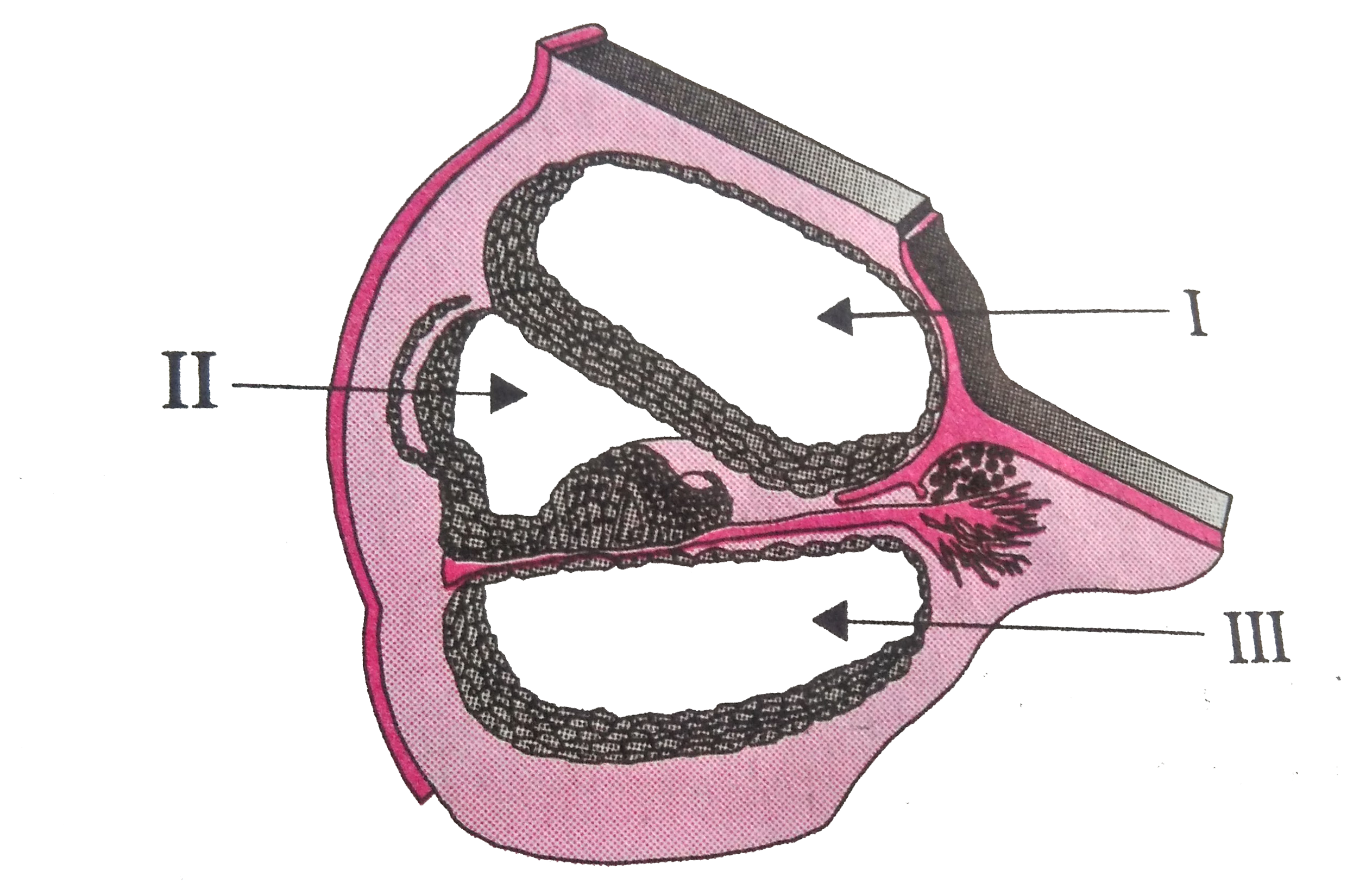Which one is the correct observation when is treated with NaF, NaCl and NaI taken in three test tubes labelled as (I), (II) and (III) ?
is liberated in (I) and in (II)
Only is liberated in (III)
Only is liberated in (II)
Only is liberated in (I)
The correct Answer is:B
To solve the question regarding the observation when Br2 is treated with NaF, NaCl, and NaI in three test tubes labeled as (I), (II), and (III), we need to consider the reactivity of halogens and their ability to displace each other.
1. Understanding Halogen Reactivity:
The reactivity of halogens decreases down the group in the periodic table. The order of reactivity is:
F>Cl>Br>I
This means that fluorine is the most reactive halogen, followed by chlorine, bromine, and iodine.
2. Analyzing the Reactions:
- Test Tube I (with NaF):
When Br2 is added to NaF, bromine cannot displace fluorine because fluorine is more reactive than bromine. Therefore, no reaction occurs in this test tube.
- Test Tube II (with NaCl):
Similarly, when Br2 is added to NaCl, bromine cannot displace chlorine because chlorine is also more reactive than bromine. Thus, no reaction occurs here as well.
- Test Tube III (with NaI):
In this case, when Br2 is added to NaI, bromine can displace iodine because iodine is less reactive than bromine. This results in the formation of NaBr and the release of iodine.
3. Conclusion:
Based on the analysis:
- In Test Tube I (NaF): No reaction occurs.
- In Test Tube II (NaCl): No reaction occurs.
- In Test Tube III (NaI): Iodine is released.
Therefore, the correct observation is that only iodine will be released in the third test tube (Test Tube III).
Final Answer:
Only iodine will be released in Test Tube III.
The reactivity of halogens decreases down the group in the periodic table. The order of reactivity is:
F>Cl>Br>I
This means that fluorine is the most reactive halogen, followed by chlorine, bromine, and iodine.
- Test Tube I (with NaF):
When Br2 is added to NaF, bromine cannot displace fluorine because fluorine is more reactive than bromine. Therefore, no reaction occurs in this test tube.
- Test Tube II (with NaCl):
Similarly, when Br2 is added to NaCl, bromine cannot displace chlorine because chlorine is also more reactive than bromine. Thus, no reaction occurs here as well.
- Test Tube III (with NaI):
In this case, when Br2 is added to NaI, bromine can displace iodine because iodine is less reactive than bromine. This results in the formation of NaBr and the release of iodine.
Based on the analysis:
- In Test Tube I (NaF): No reaction occurs.
- In Test Tube II (NaCl): No reaction occurs.
- In Test Tube III (NaI): Iodine is released.
Only iodine will be released in Test Tube III.
Topper's Solved these Questions
- THE P-BLOCK ELEMENTS Book:DINESH PUBLICATIONChapter:THE P-BLOCK ELEMENTS Exercise:JEE (Main) & Other Engineering
Explore 51 Videos
- THE P-BLOCK ELEMENTS Book:DINESH PUBLICATIONChapter:THE P-BLOCK ELEMENTS Exercise:JEE (Joint Entrance Examinatin) Advanced
Explore 21 Videos
- THE P-BLOCK ELEMENTS Book:DINESH PUBLICATIONChapter:THE P-BLOCK ELEMENTS Exercise:Miscellaneous Questions
Explore 20 Videos
- THE OXYGEN FAMILYBook:DINESH PUBLICATIONChapter:THE OXYGEN FAMILYExercise:PREPARATORY PACKAGE
Explore 14 Videos
Similar Questions
What is the correct observation when Br2 is treated with NaF, NaCl andNal taken in three test-tubes labelled as A, Band C.

View SolutionSelect the correct observation when salt samples such as NaCl,KI,BaCl2 is taken on a metal spatula and heated directly on the flame as shown in the figure below:

View Solution
Knowledge Check
What is the correct operation when Br2 is treated with NaF, NaCl and Nal taken in three test tukes lavelled (X), (Y) and (Z)?
 AF2 is liberated in (X) and Cl2 in (Y)BOnly l2 is liberated in (Z).COnly Cl2 is liberated in (Y)DOnly F2 is liberated in (X)
AF2 is liberated in (X) and Cl2 in (Y)BOnly l2 is liberated in (Z).COnly Cl2 is liberated in (Y)DOnly F2 is liberated in (X)When Br2 is treated with aqueous solutions of NaF, NaCl and NaI separately
AF2,Cl2 and I2 are liberatedBOnly F2 and Cl2 are liberatedCOnly I2 is liberatedDOnly Cl2 is liberatedWhen Br2 is treated with aqueous solutions of NaF, NaCl and NaI separately
AF2,Cl2andI2 are liberatedBOnly F2andCl2 are liberatedConly I2 is liberatedDonly Cl2 is liberated
(i) What is observed when a solution of potassium iodide is added to a solution of lead nitrate taken in a test tube?
(ii) What type of reaction is this?
(iii) Write a balanced chemical equation to represent the above reaction.
View SolutionSelect the correct identification group of labelled part I, II, III

View SolutionSelect the correct identification group of labelled parts I,II,III

View SolutionThe following experiment was conducted by class 6 students to check the solubility /miscibility of a few common substance in water .

Which of the following observation is / are correct ?
I. Components will disappear completely in thest tubes P, R and T .
II. Components will form a s eparate layer in test tubes R and U .
III. Components in test tubes Q and S are insolube in water .
IV. Components in test tubes R and T are immiscible in water .
View SolutionWhich of the following compound give diastereomers when treated with Br2 in CCl4?
View Solution